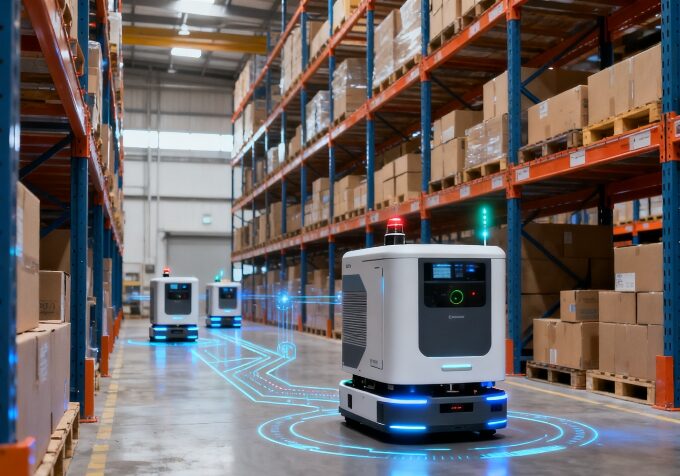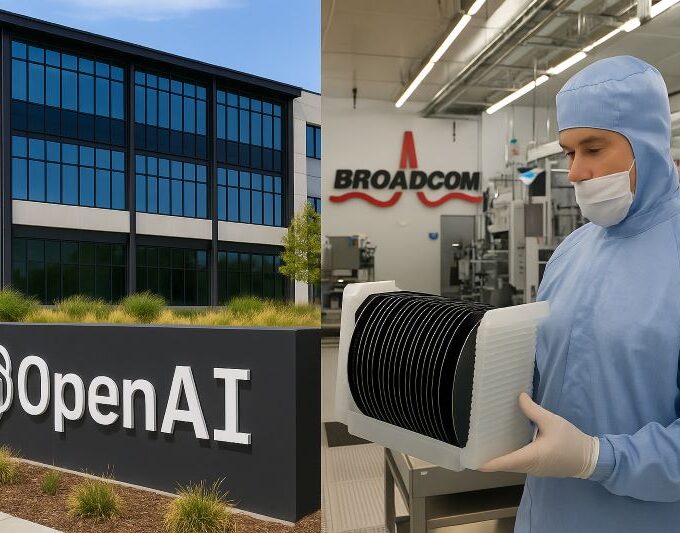Artificial Intelligence (AI) and Generative Artificial Intelligence (GenAI) are driving rapid growth in power consumption, with data centers projected to grow at a rate of up to 160% over the next two years, according to Gartner, Inc. As a result Gartner predicts that by 2027, 40% of existing AI data centers will be operating under power supply constraints.
Bob Johnson, vice president analyst at Gartner, said, “The explosion in the number of hyperscale new data centers to enable GenAI is leading to an insatiable demand for power that exceeds the ability of utility providers to rapidly expand capacity. In turn, this could disrupt energy supplies and lead to shortages, limiting the growth of new data centers for GenAI and other uses beyond 2026.”
Gartner estimates that the power required for data centers to run incremental AI-optimized servers will reach 500 terawatt hours (TWh) per year in 2027, 2.6 times the 2023 level.

Johnson said, “New, larger data centers are being planned to handle the massive amounts of data needed to train and implement the rapidly scaling Large Language Models (LLMs) that underpin GenAI applications.” “However, short-term power shortages could persist for years, as new transmission, distribution and generation capacity may take years to come online and will not alleviate current problems.”
In the near future, the number of new data centers and the growth of GenAI will depend on the availability of the power to run them.Gartner recommends that enterprise organizations determine the risk that potential power shortages will pose to all products and services.
Electricity prices to rise
A corollary to the impending power shortages is higher electricity prices, which will also increase LLM’s operating costs, Gartner said.
“Significant power users are working with major producers to ensure a long-term guaranteed source of power, independent of other grid demands,” Johnson said. “At the same time, the cost of power to operate data centers will increase significantly as operators use economic levers to secure the power they need. These costs will also be passed on to AI/GenAI product and service providers.”
Gartner recommends that organizations evaluate future plans, anticipate higher power costs, and negotiate long-term contracts for data center services at reasonable power prices. When developing plans for new products and services, organizations should also consider significant cost increases while also looking for alternatives that require less power.
Sustainability goals will be affected
Short-term solutions will also have a negative impact on zero-carbon sustainability goals, as surging demand forces suppliers to increase production by any means necessary. In some cases, this means keeping fossil-fueled power plants that were originally planned to be decommissioned running after they were scheduled to be shut down.
The reality is that, in the short term, increased data center usage will result in increased CO2 emissions to generate the power needed,” Johnson said. In turn, this will make it more difficult for data center operators and their customers to meet aggressive sustainability goals related to CO2 emissions.”
According to Gartner, data centers need 24/7 power, and renewable energy sources such as wind or solar cannot provide 24/7 power unless there is some sort of alternative power supply during an outage. Only hydroelectric, fossil fuel or nuclear power plants can provide reliable 24/7 power. In the long run, new technologies that improve battery storage (e.g., sodium-ion batteries) or clean energy sources (e.g., small nuclear reactors) will emerge and help achieve the SDGs.
Gartner recommends that enterprise organizations reassess their sustainability goals related to CO2 emissions in light of data center demand and power availability in the coming years. When developing GenAI applications, they should focus on using the least amount of computing power and consider the feasibility of other options, such as edge computing and smaller language models.












